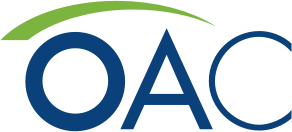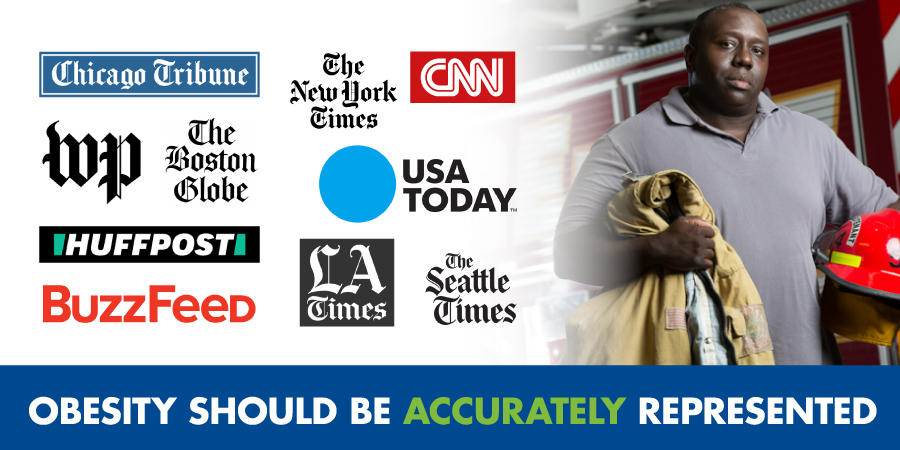Throughout May, the OAC is urging our supporters to Take Action against weight bias in the media by educating representatives on how to effectively portray and discuss obesity. We recognize that language, imagery and messaging all have a powerful impact on public perception, so it’s crucial that media representatives know how to talk about obesity without conveying stigma.
OAC Resources Available to the Media
Did you know that you can use the following OAC resources to educate news organizations, media representatives and others to handle the topic of obesity with respect and accuracy?
People-First Language
Words matter. People-First Language encourages attention to the way we phrase subjects by NOT labeling someone as their disease. For example, say:
- “The woman was affected by obesity” vs “The woman was obese”
- “A man with obesity sought help with weight management from his healthcare provider” vs “An obese man went to his doctor for help losing weight”
Words like “obese” dehumanize individuals affected by obesity. Would you call someone who had cancer “cancerous?” Most likely not, and the same should be done with obesity because it is NOT a disease resulting from a lack of willpower. It is chronic, complex, and deserves respect.
For more information on People-First Language, CLICK HERE.
OAC Image Gallery
The types of images relating to obesity often shown in news articles, social media and television focus on body parts like the stomach, thighs, arms or buttocks. Most of them don’t picture heads or faces, which dehumanizes people for their weight and casts blame solely on their behaviors.
The OAC Image Gallery is a no-cost collection of photos representing people affected by obesity without shaming or dehumanizing them. We encourage healthcare providers, media representatives and more to use these photos (for non-commercial use only) when discussing and reporting on obesity to avoid portraying weight bias.
To visit the OAC Image Gallery and explore our collection, CLICK HERE.
OAC Media Guidelines
The OAC’s Guidelines for Media Portrayals Affected by Obesity is a no-cost resource for media representatives. Our guidelines educate and inform on the following topics:
- Respecting diversity and avoiding stereotypes
- Using appropriate language and terminology
- Conducting balanced and accurate obesity coverage
- Selecting appropriate pictures

